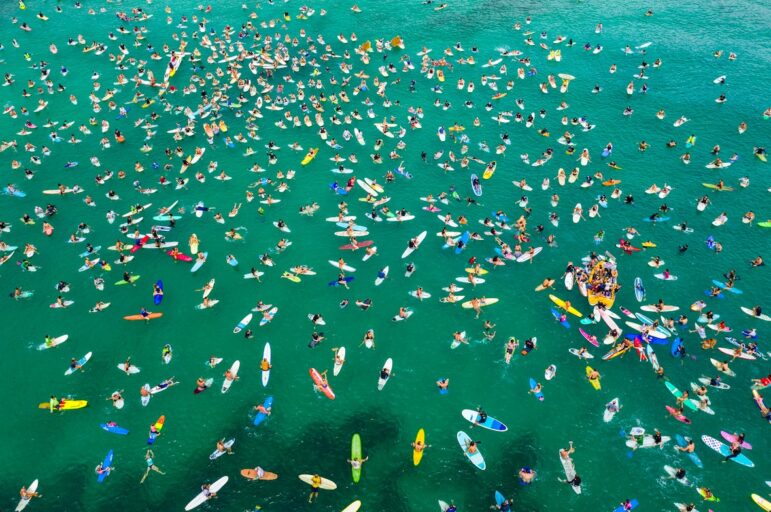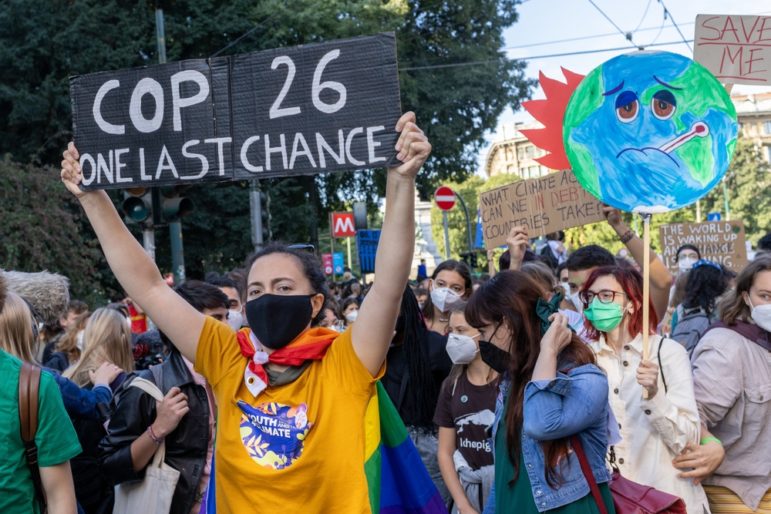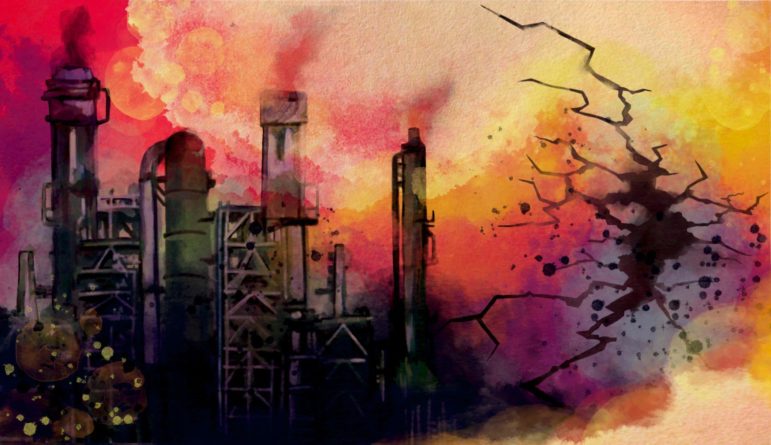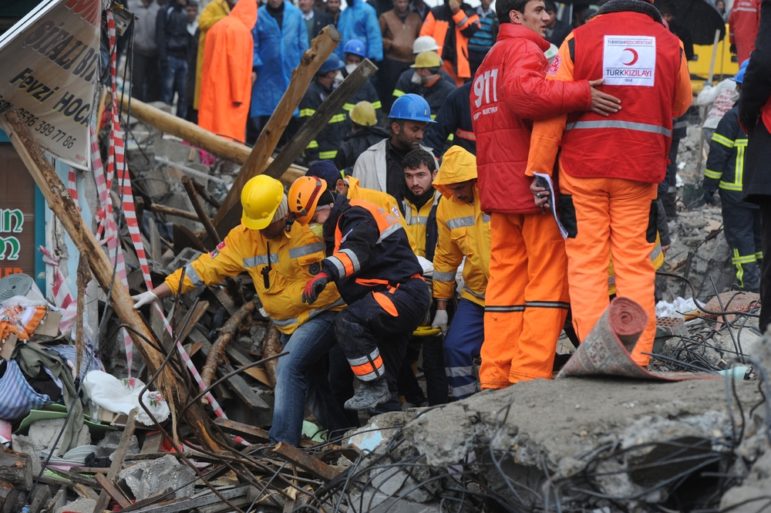
Surfers gather Image: Lachlan Gardiner, Creative Commons, Climate Visuals Countdown
Project
Climate Accountability
Read this article in
Today, there is plenty of beat reporting and feature writing about the world’s climate crisis. But what’s missing are the investigative journalists, the ones who follow the money and hold corporations and governments accountable for what they have done – and what they haven’t done. GIJN is working to change this.
Our Climate Accountability Project launched with two reporter’s guides in 2022 – one on investigating sea level rise and the other on investigating methane emissions. Both guides offer journalists practical tips on where to find data and sources, with past investigations for inspiration. We’ve joined the guides with a series of workshops, including a full-day strategy session at our Global Conference, which will set an investigative agenda for journalists working on the climate crisis.
Guide Resource
GIJN’s Guide to Investigating Sea Level Rise
For journalists, explaining the causes and consequences of rising sea levels is a critical and challenging assignment.
Guide Resource
Climate Change Accountability: Guide to Investigating Methane
This guide was written by Toby McIntosh, senior advisor to GIJN’s Resource Center. Editing was by Reed Richardson and Laura Dixon. Illustrations were created by Marcelle Louw.
Resource
10 Investigative Questions to Ask after a Natural Disaster
Watchdog reporters should discard the idea that damage from natural disasters is simply due to “acts of nature,” and rather think of it as a mix of hazardous events and human actions.

News & Analysis
Challenges in Climate Change Coverage Remain: Report from COP26
Among five leading environmental journalists who covered COP26, there is cautious optimism, but also a recognition that there is still much to be done. Speaking at the GIJC21, they highlighted a wide range of topics related to climate change that are still underreported by newsrooms around the world.



